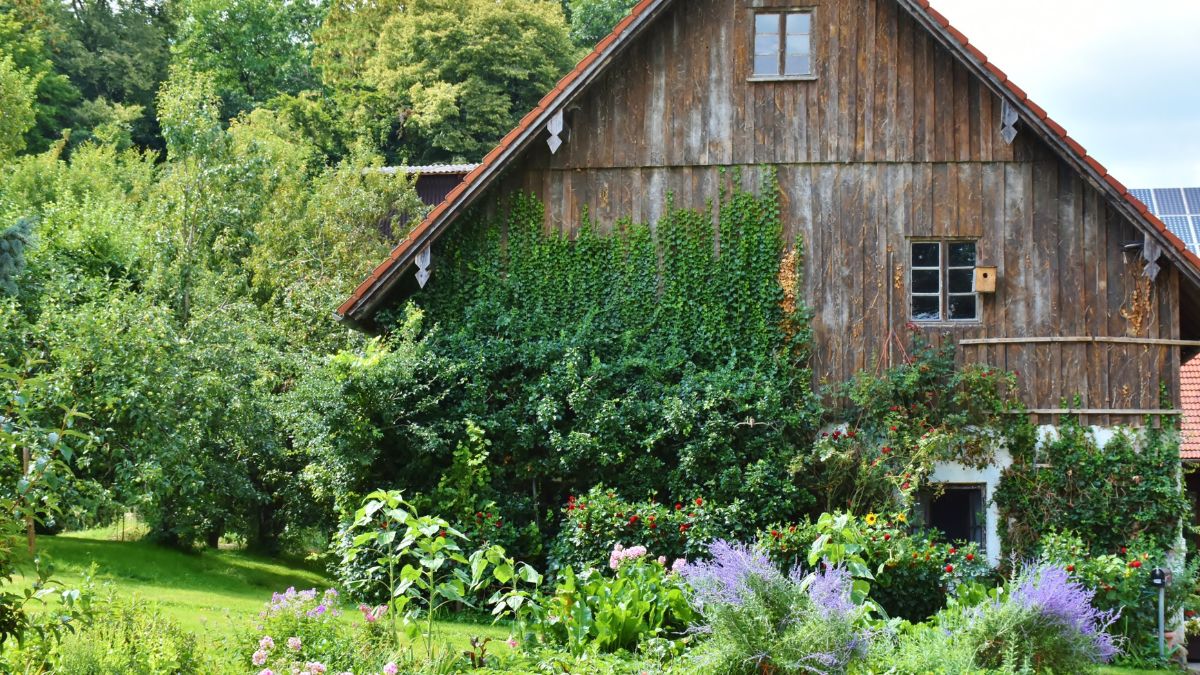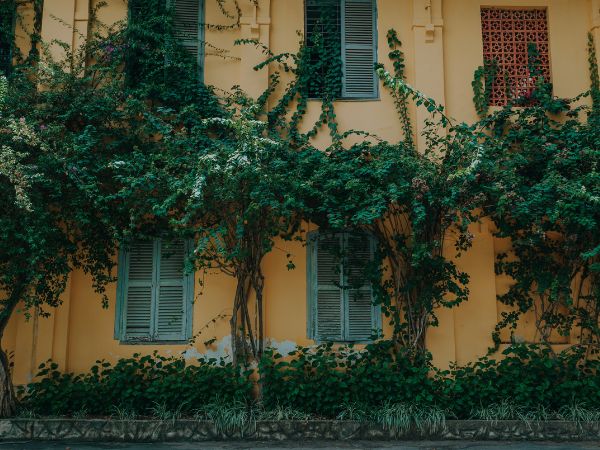Just In
- 3 hrs ago

- 7 hrs ago

- 9 hrs ago

- 10 hrs ago

Don't Miss
- Sports
 Highest Powerplay Score In IPL: Sunrisers Hyderabad Pummell Delhi Capitals to Post Highest T20 Score In First 6 Overs
Highest Powerplay Score In IPL: Sunrisers Hyderabad Pummell Delhi Capitals to Post Highest T20 Score In First 6 Overs - Finance
 18K, 22K, 24K Gold Prices India Get Cheaper: Yellow Metal Prices Fall On Weekend
18K, 22K, 24K Gold Prices India Get Cheaper: Yellow Metal Prices Fall On Weekend - Education
 UP Board Result 2024: 82% of Jail Inmates Passed the Class 12 and 97% of the Class 10
UP Board Result 2024: 82% of Jail Inmates Passed the Class 12 and 97% of the Class 10 - News
 Bengaluru Water Crisis: PM Modi Slams Karnataka Congress, Says Mismanagement Turned Tech City To Tanker City
Bengaluru Water Crisis: PM Modi Slams Karnataka Congress, Says Mismanagement Turned Tech City To Tanker City - Movies
 Queen Of Tears Episode 14 OTT Release Date, Time, Platform: When & Where To Watch? What To Expect? DEETS Out
Queen Of Tears Episode 14 OTT Release Date, Time, Platform: When & Where To Watch? What To Expect? DEETS Out - Automobiles
 Tata Altroz Records a 55% Sales Growth in March 2024
Tata Altroz Records a 55% Sales Growth in March 2024 - Technology
 Best Noise-Cancelling Earbuds Under Rs 5,000: CMF Buds Pro, Redmi Buds 5, Realme Buds Air 5, and More
Best Noise-Cancelling Earbuds Under Rs 5,000: CMF Buds Pro, Redmi Buds 5, Realme Buds Air 5, and More - Travel
 Journey From Delhi To Ooty: Top Transport Options And Attractions
Journey From Delhi To Ooty: Top Transport Options And Attractions
Can Living In Green Places Improve Your Mental Health?
Spending time in the greenery can easily put you in a good mood, right?
As well as reducing air pollution and preventing the heat island effect, green spaces can improve the mental health of residents, increasing their quality of life. Those with fewer mental health struggles are more likely to be employed, which increases their job security.
The link between greenery and improved mental well-being has been a topic of study since forever [1][2].
And, ISGlobal (research organisation) conducted a study that examined the relationship between mental health and the 3-30-300 rule of green spaces.
According to the study, residents of greener places have better mental health, use fewer medications, and are more likely to be physically active [3].

What Is The 3-30-300 Green Space Rule?
A 3-30-300 green space rule requires that everyone can view at least three trees from home, that their neighbourhood has a 30 per cent canopy of trees, and that they do not live more than 300 metres from a park or green space [4]. In addition to being proposed by Cecil Konijnendijk, other foresters and urban planners have also been promoting the rule widely.
Here are the important points from the study:
Point 1: This study examined the relationship between better mental health and the 3-300-300 green space rule.
Point 2: The three-30-300 rule was clearly associated with improved mental health, reduced medication use, and fewer psychologist visits, though only the latter was statistically significant. It was found that residential surrounding greenness, but not trees visible from windows or access to major green spaces, was significantly associated with better mental health.

Point 3: In the survey, only 4.7 per cent of the population met all three criteria for green space. Approximately 43 per cent of respondents lived within 15 metres of a tree, 62.1 per cent lived within 300 metres of a major green space, and 8.7 per cent lived in an area with sufficient levels of greenery surrounding their homes. Nearly 22.4 per cent, however, did not possess any of these characteristics.
Point 4: A total of 18 percent of participants reported poor mental health, 8.3 per cent reported having visited a psychologist in the previous year, and 9.4 per cent had used tranquillisers or sedatives, while 8.1 per cent had used antidepressants within the past two days.
Point 5: In Barcelona, there is relatively little green space and the 3-30-300 rule is only satisfied by a small percentage of people, despite its positive effects on mental health [5].
Point 6: As stated by the researchers, it is of utmost importance to provide citizens with more green space. We may need to tear out asphalt and plant more trees, which would not only improve health, but would also reduce heat island effects and contribute to carbon capture.

On A Final Note...
According to the research team, similar studies should be conducted in cities with more tree cover than Barcelona, as a lack of green space, particularly sufficient tree cover, makes it difficult to assess the 30 per cent aspect of the 3-30-300 rule. The limitations placed on greenery by cities were also highlighted.
-
 healthValentine’s Day 2024: How The Healing Power of Hugs Can Boost Your Mental and Emotional Well-being
healthValentine’s Day 2024: How The Healing Power of Hugs Can Boost Your Mental and Emotional Well-being -
 healthExclusive: Doctor Shares What Links Mental Health And Hormones In Women, And How Mentruation Is Also Connected
healthExclusive: Doctor Shares What Links Mental Health And Hormones In Women, And How Mentruation Is Also Connected -
 healthWhat Will Happen To Your Brain When Your Favorite Team Loses The Match?
healthWhat Will Happen To Your Brain When Your Favorite Team Loses The Match? -
 healthHow Do Fans Clapping In The Stadium Gallery Boost The Mental Health Of Athletes?
healthHow Do Fans Clapping In The Stadium Gallery Boost The Mental Health Of Athletes? -
 healthWhy Are Selfies Now A Public Health Problem? Are You Contributing To This Issue Unknowingly?
healthWhy Are Selfies Now A Public Health Problem? Are You Contributing To This Issue Unknowingly? -
 pregnancy parentingAre You The Second Favourite Parent To Your Kid? Signs To Watch Out For
pregnancy parentingAre You The Second Favourite Parent To Your Kid? Signs To Watch Out For -
 wellnessInternational Men’s Day 2023: 5 Mental Health Issues Often Ignored In Men
wellnessInternational Men’s Day 2023: 5 Mental Health Issues Often Ignored In Men -
 healthGlenn Maxwell's Triumph Over Depression With His Wife By His Side: Can Your Partner Be The Saving Grace?
healthGlenn Maxwell's Triumph Over Depression With His Wife By His Side: Can Your Partner Be The Saving Grace? -
 pregnancy parentingChildren’s Day: Why Parents Should Never Argue In Front Of Kids; 3 Ways It Can Affect The Kids’ Emotional Grow
pregnancy parentingChildren’s Day: Why Parents Should Never Argue In Front Of Kids; 3 Ways It Can Affect The Kids’ Emotional Grow -
 healthMonsoon Continues In Many Parts Of India: Can Rain Trigger Depression?
healthMonsoon Continues In Many Parts Of India: Can Rain Trigger Depression? -
 healthIs Office Stress Messing With Your Health? 5 Red Flags You Can't Ignore!
healthIs Office Stress Messing With Your Health? 5 Red Flags You Can't Ignore! -
 pregnancy parentingInstagram Triggers Anxiety, Depression In Kids: How To Monitor Your Kids’ Social Media Use?
pregnancy parentingInstagram Triggers Anxiety, Depression In Kids: How To Monitor Your Kids’ Social Media Use?


 Click it and Unblock the Notifications
Click it and Unblock the Notifications



